The incredible expanding deer season
Saturday marks the opener for the 35-day special early archery season in our region of the Southern Zone. Plus, bowhunters get to enjoy a late season of eight days immediately following the closure of the regular firearms season (Nov. 17-Dec. 9). Forty-three days is a long hunting season for any big game species, but is it too long, just right, or not long enough?
A recent national survey by the U.S. Fish & Wildlife Service, the first since its last survey in 1996, indicated there were about14 million hunters (age 16 and older) in '96; and now there are about 12.5 million. But what is most revealing is the percentage of active hunters between the ages of 14 and 28 dropped to 58 percent from 92 percent. The decline in active hunters between the ages of 28 to 64 dropped to 30 percent from 58 percent.
The decline is also very evident in small game hunting. In 1991 there were 7.6 million people participating in small-game hunting, but 10 years later, that number had fallen to 5.4 million. And since small game is considered a primary activity to introduce younger people to hunting, it apparently is suffering from the steady decline in youth hunters as well. This decline in small-game hunting probably partially accounts for the overall decline in hunting.



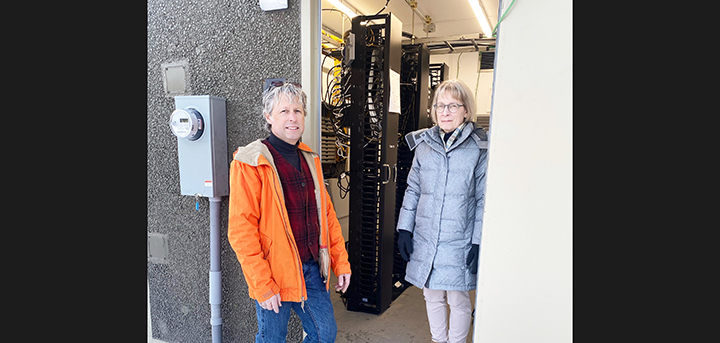
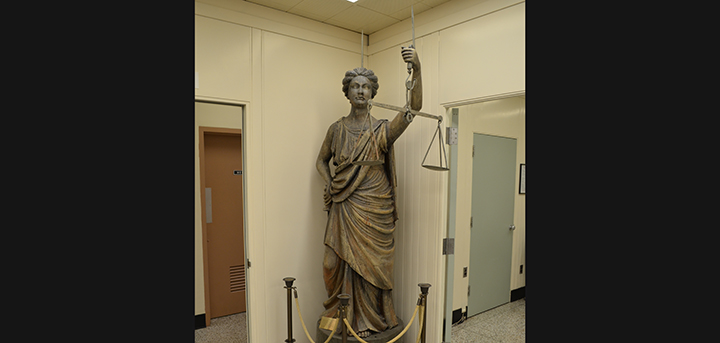
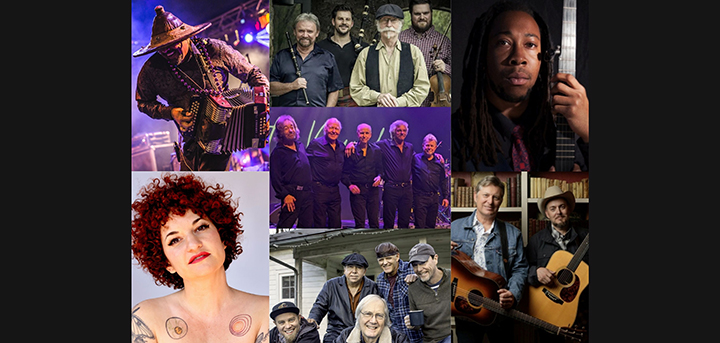
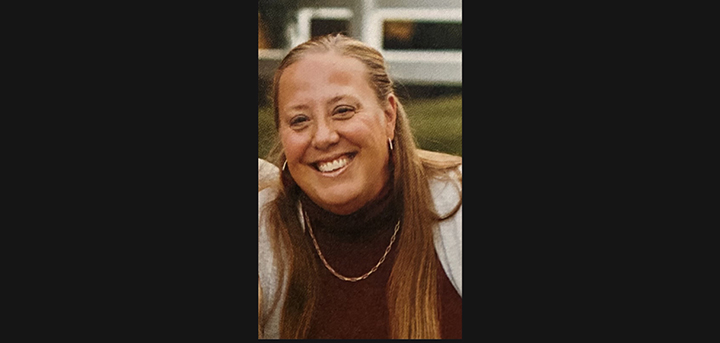

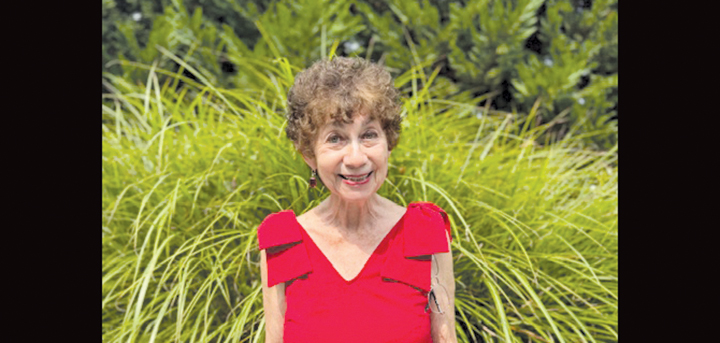
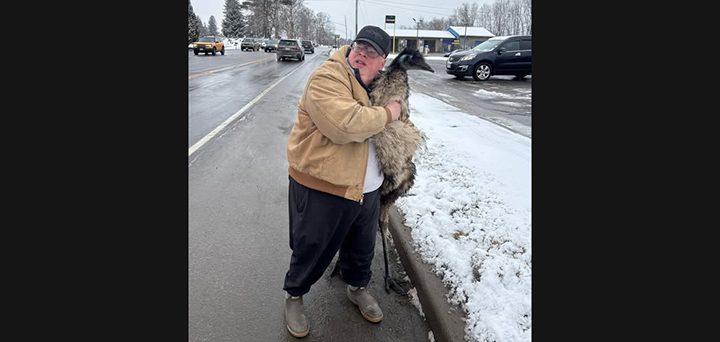

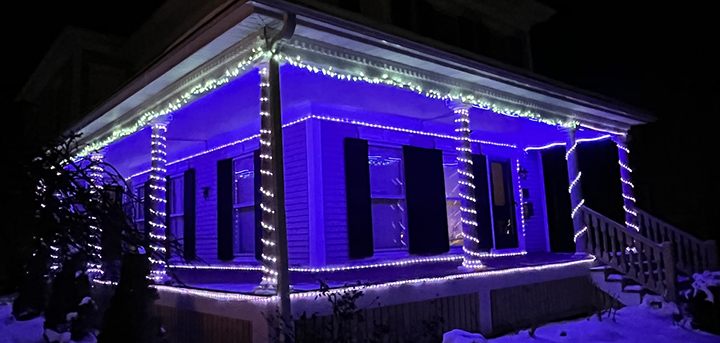
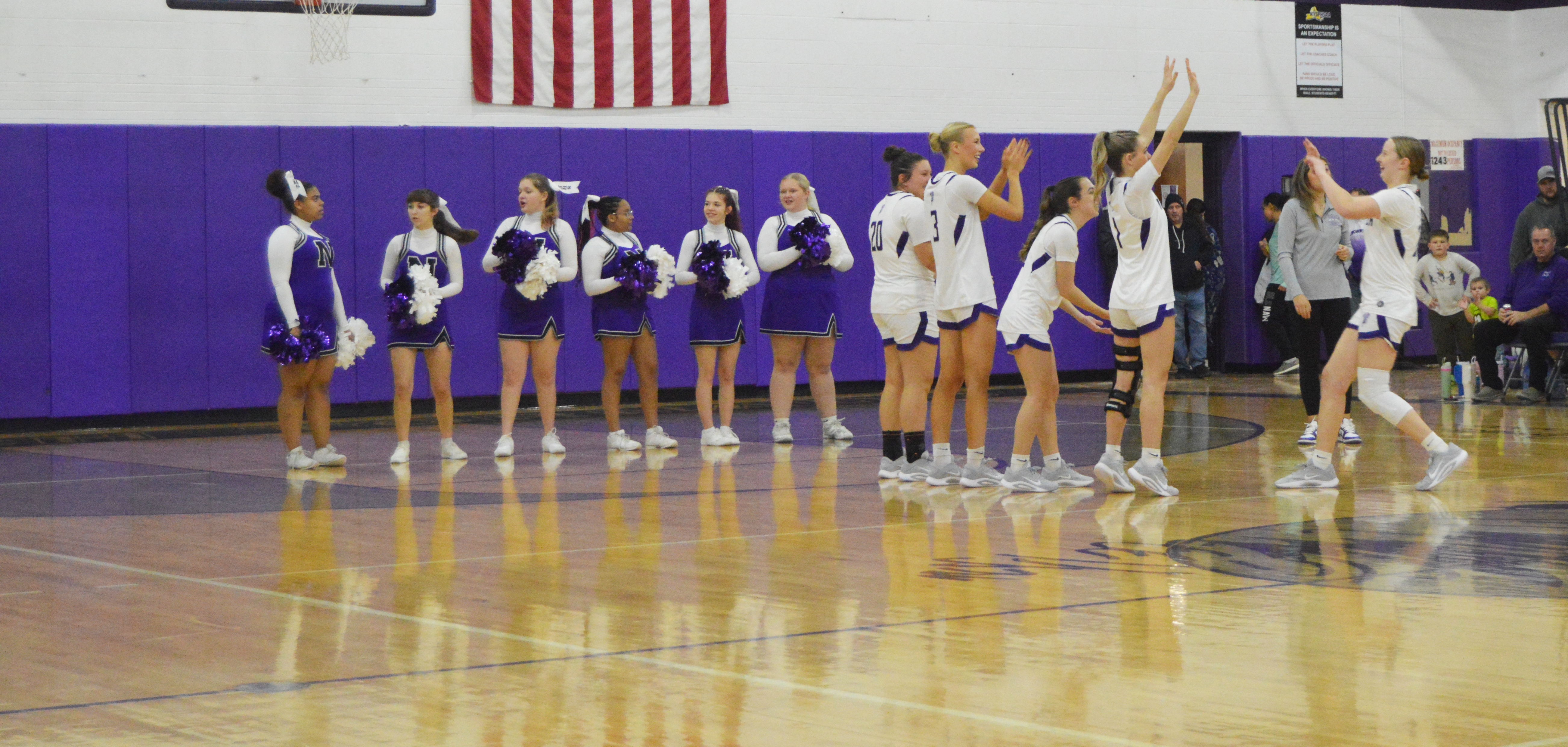

Comments